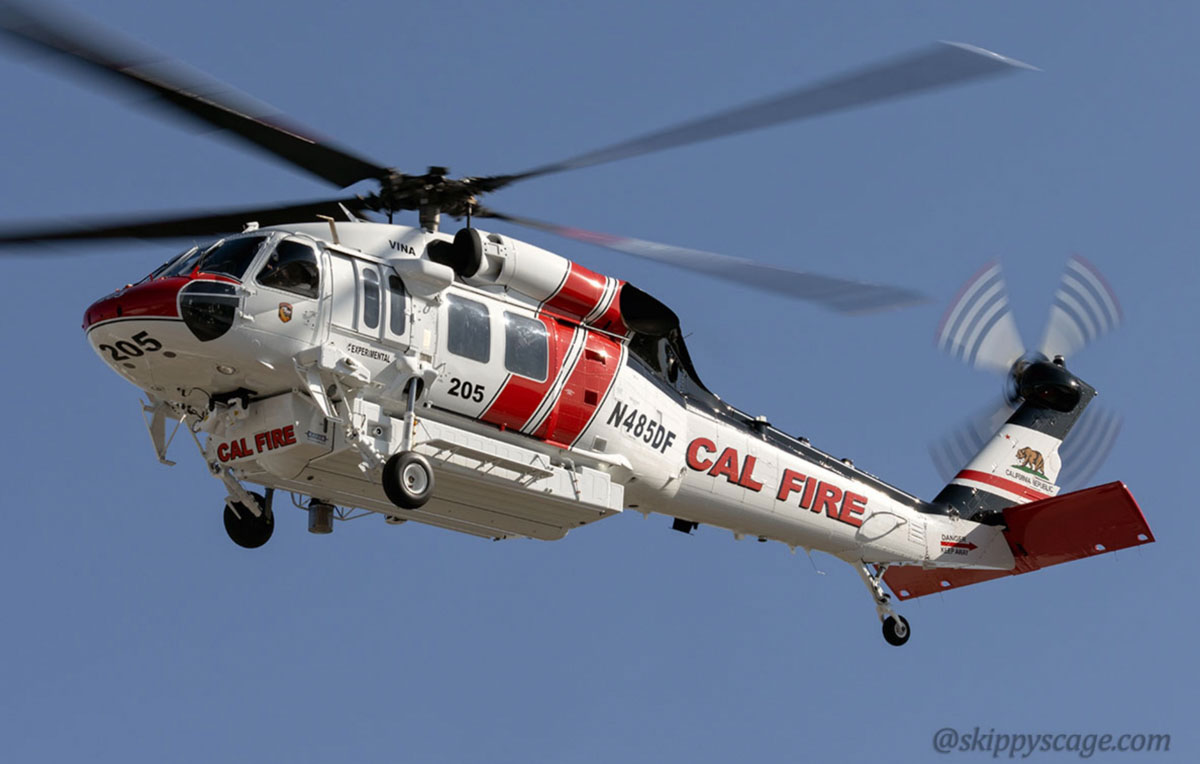The Sikorsky S 70 Helicopter: A Deep Dive into Its Layout and Efficiency
The Sikorsky S 70 Helicopter: A Deep Dive into Its Layout and Efficiency
Blog Article
Modernized Vertical Lift System With Advanced Compound Frameworks and Enhanced Precaution
In the world of vertical lift systems, a considerable shift towards innovation has actually been observed, driven by the integration of innovative composite frameworks and increased safety procedures. These improvements stand for a pivotal evolution in the layout and performance of lift platforms, guaranteeing boosted effectiveness and reliability throughout different markets (sikorsky s 70). As markets aim for better operational precision and safety standards, the application of composite materials and advanced safety and security attributes has actually ended up being paramount. In discovering the merging of modern technology and safety and security in modern lift platforms, a compelling narrative arises, showcasing the capacity for transformative developments that accommodate the ever-evolving requirements of industrial industries.
Advancement of Vertical Lift Systems

The evolution of vertical lift platforms can be mapped back to fundamental pulley systems and early elevator styles. Gradually, innovations such as hydraulic systems, electrical motors, and progressed control mechanisms have vastly enhanced the efficiency and safety and security of these systems. Manufacturers have actually also concentrated on enhancing the stability, reach, and load-bearing capabilities of upright lift platforms to meet the diverse demands of different markets.
Moreover, the integration of smart technologies like sensing units, IoT connection, and automation attributes has actually better changed the capabilities of contemporary vertical lift platforms. These technical improvements not only enhance operational productivity yet also make sure enhanced safety and security requirements for workers utilizing these platforms at numerous elevations. The constant evolution of vertical lift systems emphasizes their essential role in boosting upright flexibility throughout industries.
Assimilation of Advanced Composite Structures

Furthermore, using innovative composite products enables more facility and maximized structural designs, allowing engineers to customize the platform's residential properties to fulfill specific performance demands. This modification can result in enhanced the rules of aerodynamics, minimized resonances, and boosted overall security during operation. The combination of sophisticated composite frameworks additionally contributes to a reduction in maintenance costs and downtime, as these materials display superb resistance to ecological variables and have a longer life span contrasted to standard products. Generally, the consolidation of advanced composite structures in contemporary upright lift platforms represents a significant innovation in aerospace modern technology, leading to a lot more effective, trustworthy, and much safer aerial transportation systems.
Improved Precaution Implementation
Implementing enhanced safety and security steps is crucial in ensuring the optimum performance and dependability of modern vertical lift check systems. These measures incorporate a variety of methods focused on mitigating dangers and boosting total security standards. One essential facet of enhanced precaution is the integration of innovative sensor modern technologies to keep track of different parameters in real-time. By using sensing units for features such as structural health and wellness tracking, lots monitoring, and environmental noticing, possible threats can be identified early, allowing for positive upkeep and corrective activities.

Market Applications and Advantages
With developments in modern technology and design, improved upright lift platforms have found varied applications throughout various sectors, offering significant benefits in effectiveness and performance. The building sector advantages from upright lift systems by making it possible for workers to access raised areas securely and efficiently, boosting overall task timelines.
Additionally, upright lift platforms play a critical duty in the upkeep and fixing of infrastructure such as bridges, power lines, and buildings, permitting professionals to get to hard to reach locations easily (sikorsky s 70). The air travel market also leverages these platforms for airplane upkeep and assembly tasks, enhancing workflow performance and making certain employee security at heights. Overall, the prevalent fostering of modernized upright lift systems across industries underscores their convenience and the considerable improvements they offer different procedures
Future Trends in Lift Platform Technology
Including innovative automation and smart attributes, lift system modern technology is poised to revolutionize vertical transport systems in the close to future. One essential fad is the integration of Net of Points (IoT) innovation, allowing lift platforms to communicate real-time data for predictive upkeep, maximizing performance, and enhancing safety. As lift system technology proceeds to progress, these patterns are set to form the future of upright transportation, making it home a lot more effective, safe, and straightforward.
Verdict
To conclude, the learn this here now modernized vertical lift system showcases the evolution of modern technology in the industry. By incorporating sophisticated composite structures and improved safety procedures, this platform uses enhanced efficiency and safety and security for various applications. The sector can benefit substantially from these improvements, and future fads in lift system technology are likely to proceed improving upon these technologies for even higher success and effectiveness.
In the world of upright lift platforms, a substantial shift towards innovation has actually been observed, driven by the assimilation of advanced composite frameworks and enhanced safety procedures. The continual development of upright lift systems underscores their vital duty in enhancing upright flexibility across markets.

The incorporation of advanced composite frameworks in modern-day vertical lift platforms has dramatically enhanced their structural stability and efficiency capacities. By incorporating these innovative compounds right into the layout and building of vertical lift platforms, makers can lower total weight, rise load-carrying capacity, and enhance the platform's sturdiness and longevity.
Executing improved safety steps is critical in ensuring the optimal efficiency and integrity of modern-day upright lift systems.
Report this page